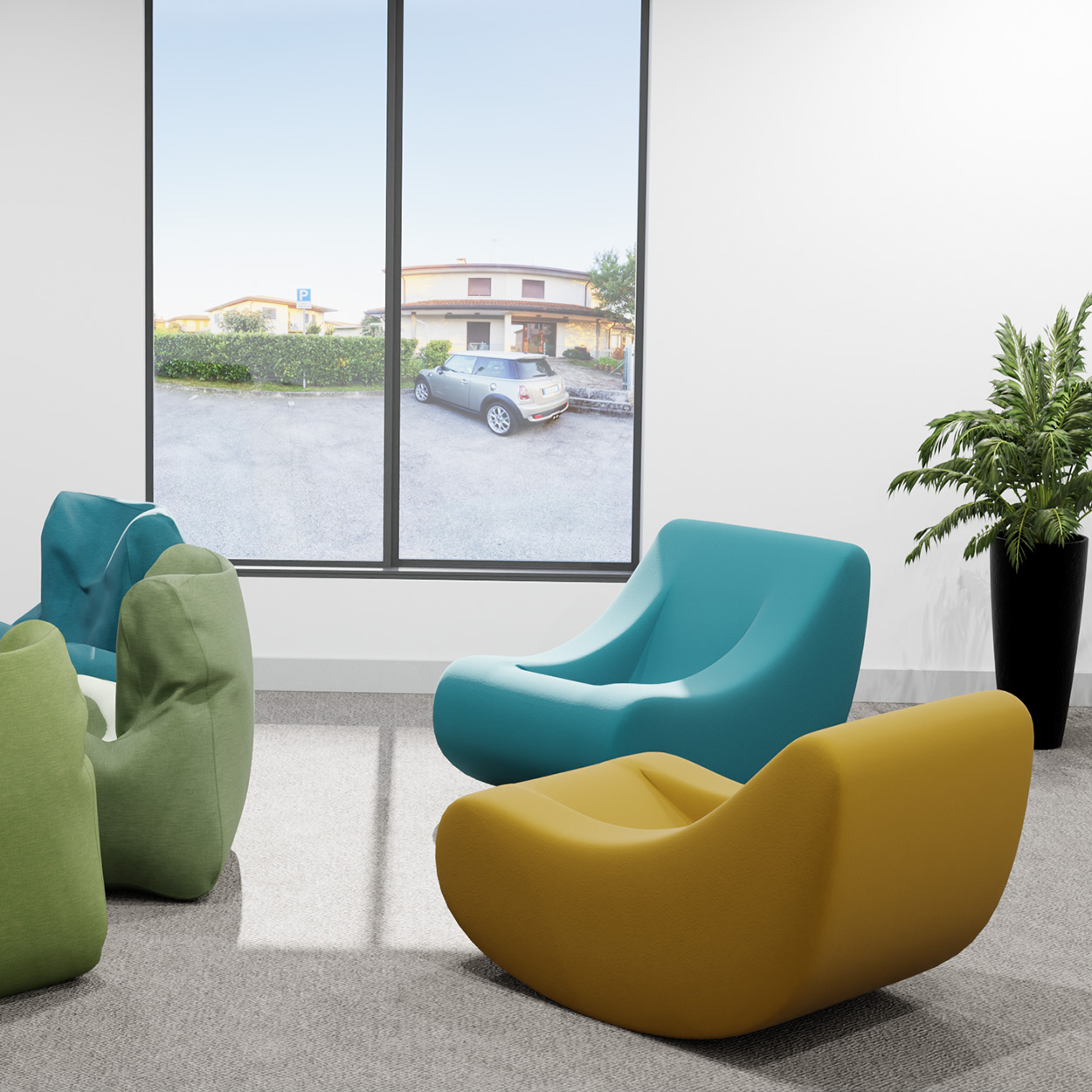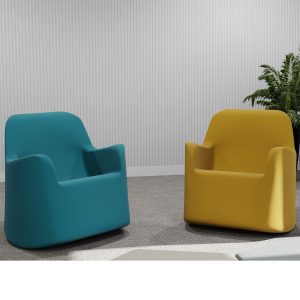Custom design solutions available for bespoke needs. Learn More
My Cart:
Custom design solutions available for bespoke needs. Learn More
My Cart:

When we actually started listening to patients and staff about what they need, amazing things happened. Here’s why at Abecca, their voices are transforming how we design Mental Health furniture.
Here’s something that might surprise you: the people who know most about what makes a healthcare space work aren’t the architects, administrators, or even the doctors. It’s the patients and staff themselves.
Think about it—patients are the ones using the furniture, be it seating, tables or beds. They’re the ones struggling, while feeling anxious about their environment. They’re the ones whose families visit in uncomfortable waiting room chairs for hours on end.
And yet, for too long, Mental Health care design has happened to patients rather than with them. That’s finally starting to change, especially at Abecca, and the results are pretty incredible.
Traditionally, Mental Health facilities and furniture were designed in this manner: architects would create beautiful buildings, administrators would focus on efficiency, and medical staff would ensure that everything met clinical requirements. Patients? Well, they’d adapt to whatever was built for them.
This approach made sense from a certain perspective—after all, these are complex buildings with serious safety requirements. But it missed something crucial: the human experience of comfort and healing.
When you’re a patient, you notice things that others might miss:
These aren’t just comfort issues—they directly impact healing and recovery.
Real-time patient feedback isn’t complicated—it’s simply taking time to be present and observe. Ask questions and create easy ways for patients to share their experiences as they’re happening, not months later in a survey they might not even remember to fill out.
This is what it looks like at Abecca:
The key is making feedback feel natural and immediate, not like homework.
When listening to patients and staff feedback in real-time, several wonderful things occur:
Problems get fixed faster. Instead of presuming the furniture is working, we address issues right away.
Patients and Staff feel heard. There’s something powerful about knowing your input matters and seeing changes happen because of what you’ve shared.
Small improvements add up. Little adjustments based on patient and staff feedback often create surprisingly big improvements in the overall experience.
Everyone benefits. Changes that help patients often make things easier for staff too—it’s not a zero-sum game.

The best patient and staff feedback programs don’t try to change everything at once. They start with simple questions and easy wins, this is what we’ve learnt at Abecca:
We found that when patients see that their suggestions actually lead to improvements, they become more willing to share bigger ideas with us and more detailed feedback.
Patients and staff often worry about being seen as complainers or difficult if they share negative feedback but often this drives the biggest changes and gives us the greatest insights. We make it clear that:
When Mental Health care spaces are designed with real patient input, the benefits extend far beyond individual comfort:
Families feel more supported. Waiting areas that work for anxious families, restless children, and elderly parents make the entire care experience less stressful for everyone involved.
Staff satisfaction improves. Nurses and doctors working in patient-friendly environments often find their jobs more rewarding because they can see the positive impact on the people they’re caring for.
Communities benefit. Mental Health care facilities that prioritise patient experience often become sources of pride for their communities rather than just necessary services people have to endure.
This concern comes up a lot, but in practice, we’ve found when we’ve been listening to patients and staff they are remarkably reasonable. They understand budget constraints and operational needs. Most patient suggestions are actually quite practical:
These aren’t luxury requests—they’re basic human needs that happen to support healing.
True, you can’t make everyone happy all the time. But patient feedback programs aren’t about individual preferences—they’re about identifying patterns and addressing common challenges. When multiple patients mention the same issue, that’s valuable data to us worth acting on.
Most patient-suggested improvements haven’t require massive budgets. Often, the most impactful changes are relatively simple and can be implemented in the replacement furniture:

https://abeccadesign.com/product-category/safe-furniture/armadillo-range/
Working with patient feedback doesn’t mean abandoning professional expertise—it means enhancing it:
Frontline staff are often the bridge between patients and decision-makers:
The most exciting thing about this shift toward patient-centred design is that it’s creating a more collaborative relationship between healthcare providers and the communities they serve. Instead of designing for patients, we’ve learning to design with them.
This doesn’t mean patients become furniture designers it means recognising that healing happens in supportive environments—and patients are experts in what makes environments truly supportive.
At the end of the day, this all comes back to a simple truth: when we listen to people who are experiencing Mental Health care spaces during some of the most vulnerable moments of their lives, we learn things we never would have discovered on our own.
Their insights aren’t just nice-to-have additions to the design process—they’re essential ingredients in creating places that truly support healing, comfort families, and help healthcare teams do their best work.
The patients walking through the doors are the real experts on what it takes to make Mental Health care spaces work for the people who need them most. At Abecca we are ready to listen
“How can we make this better for you?”
Share this Article